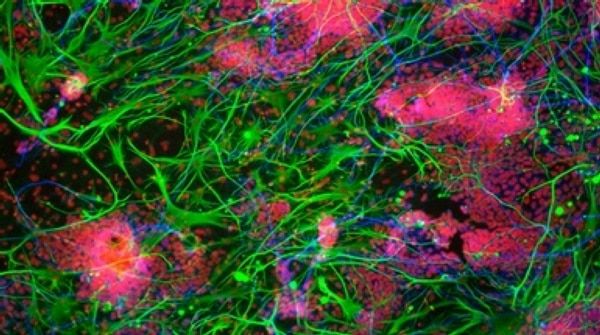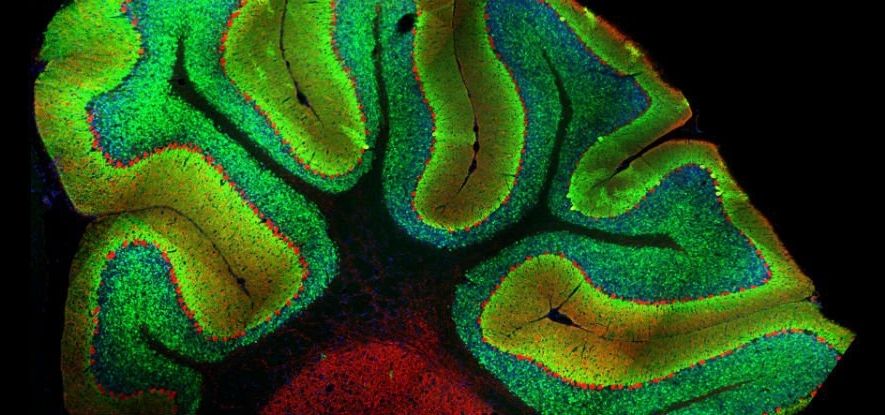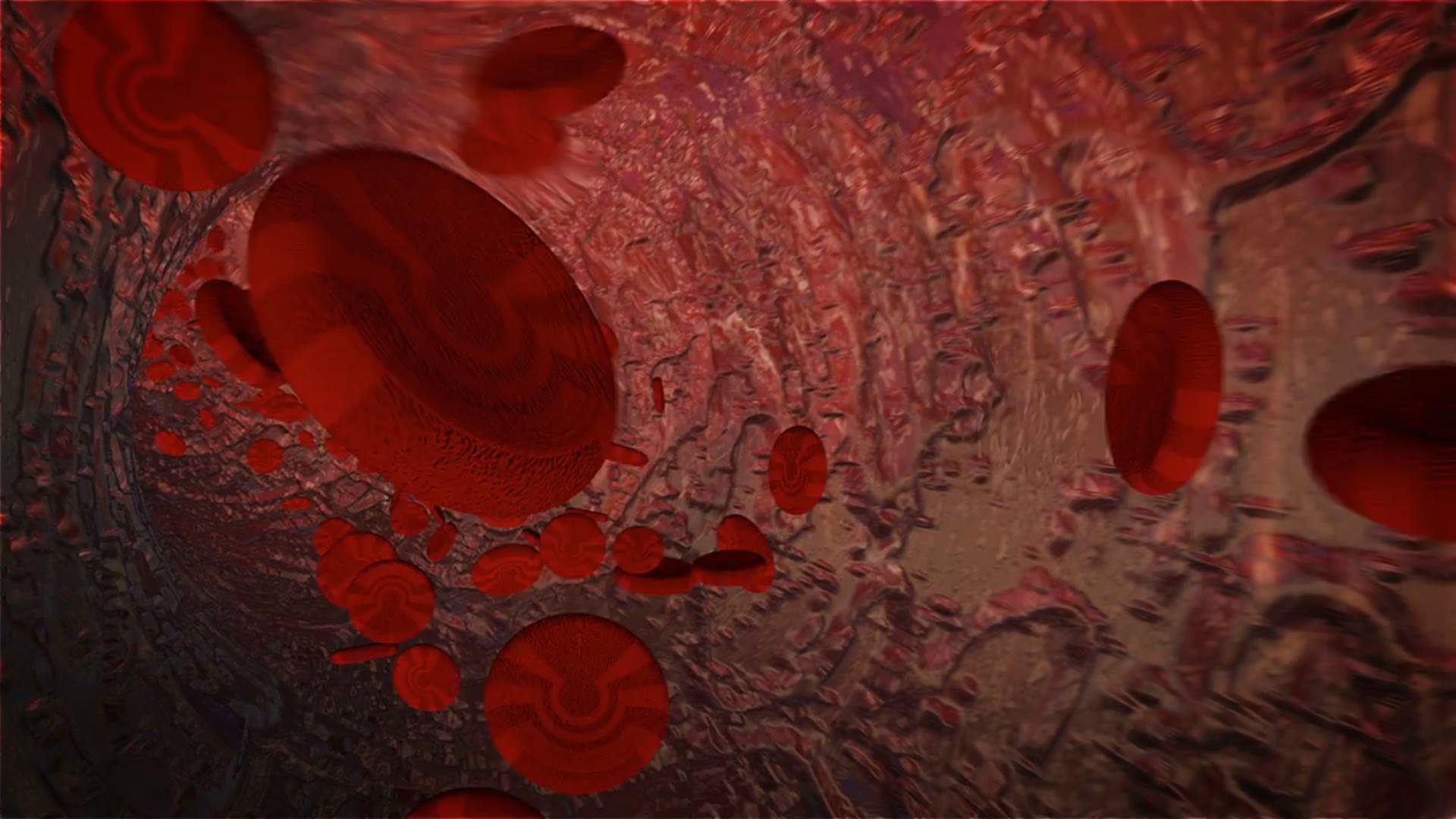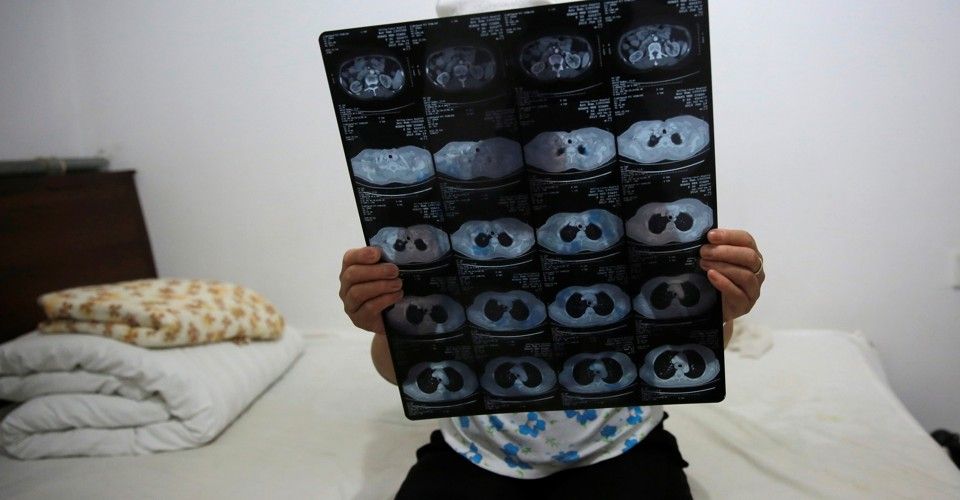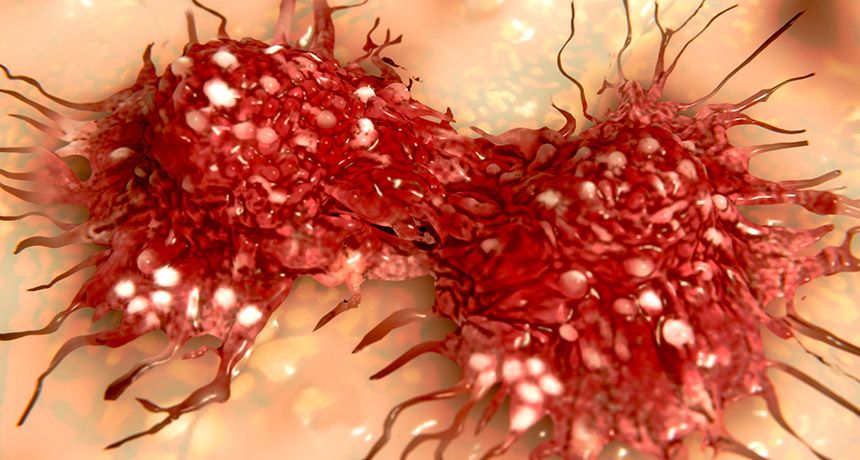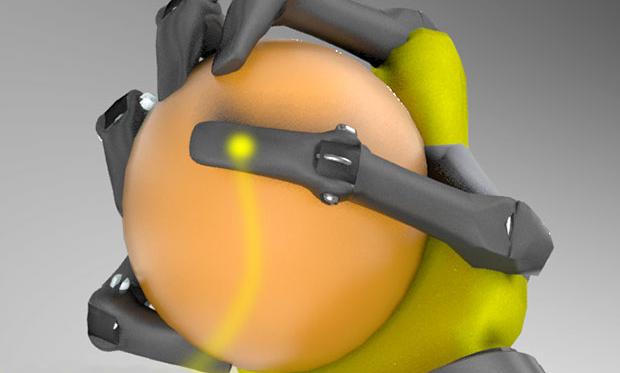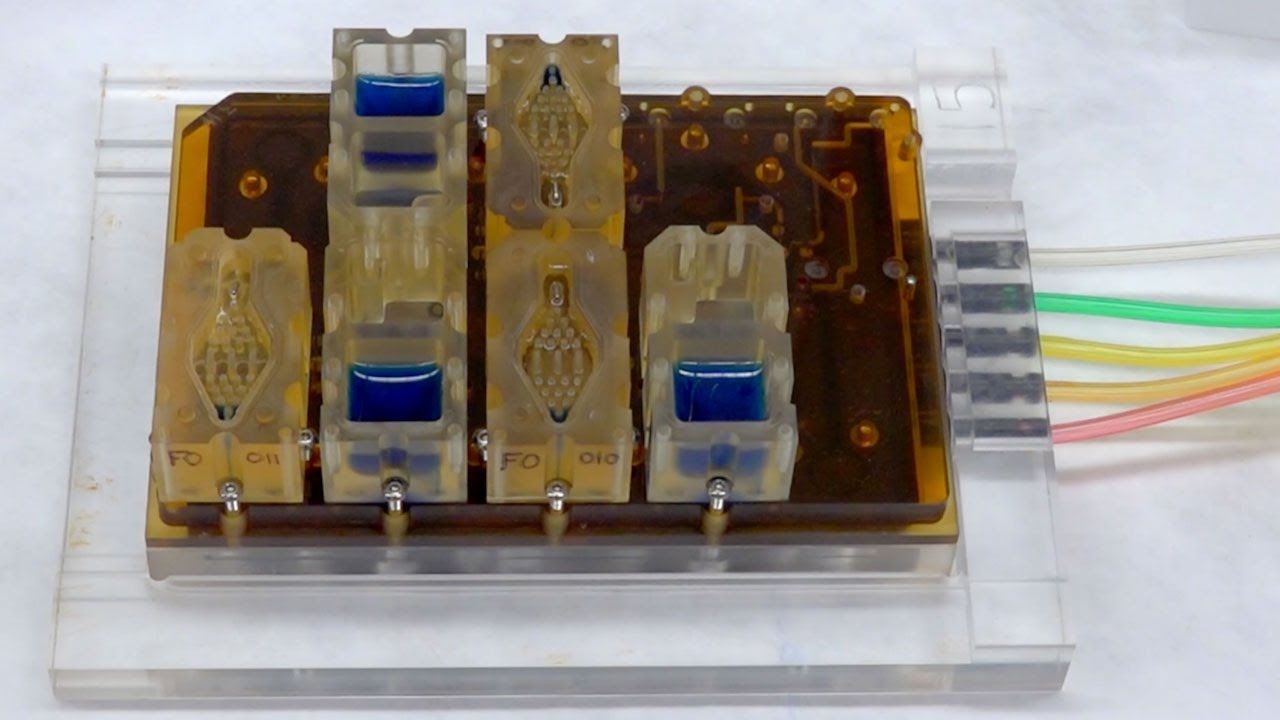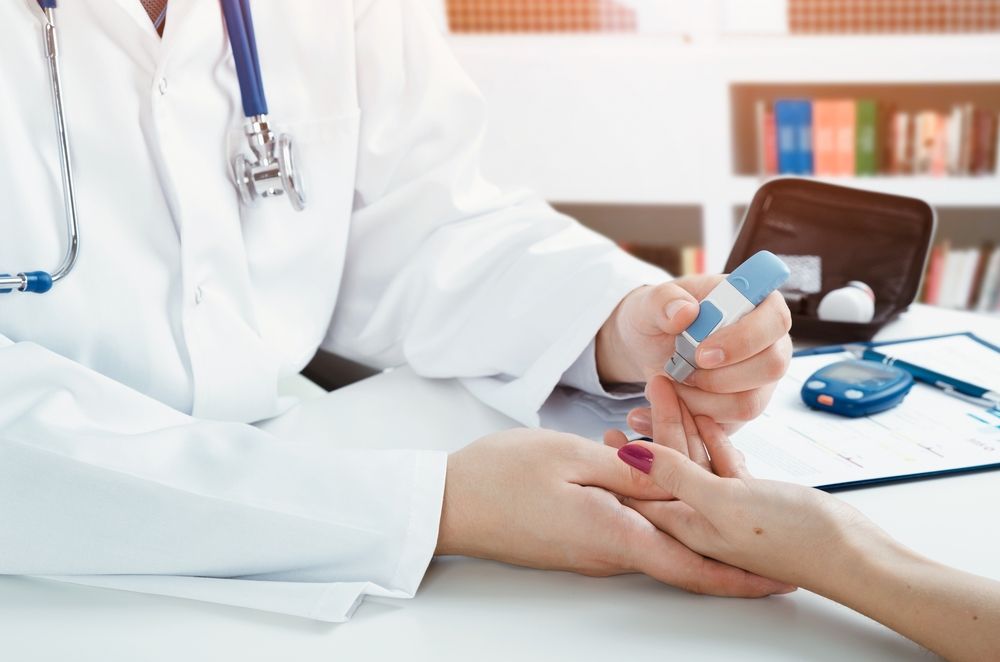
Fasting might help T1 diabetics according to new research.
Periodic fasting has long been demonstrated to have beneficial effects on autoimmune disorders, cancer prevention and treatments, cardiovascular disease and a myriad of other ailments. This most recent paper by Cheng et al. may add the treatment of Type 1 diabetes to that list[1]. If successful in humans it has the potential to reverse some or most of the loss of insulin producing cells within the pancreas. Just as remarkable, the treatment itself is relatively straightforward, consisting of a regimented protocol of periodic fasting-like conditions.
Generally speaking, Type 1 diabetes results from an autoimmune mediated depletion of insulin secreting pancreatic beta islet cells. In contrast, Type 2 results from lower cellular sensitivity to insulin. Type 2 is primarily caused by environmental factors such as poor diet.
Continue reading “Research Suggests Periodic Fasting Might Reverse Type 1 Diabetes” »
